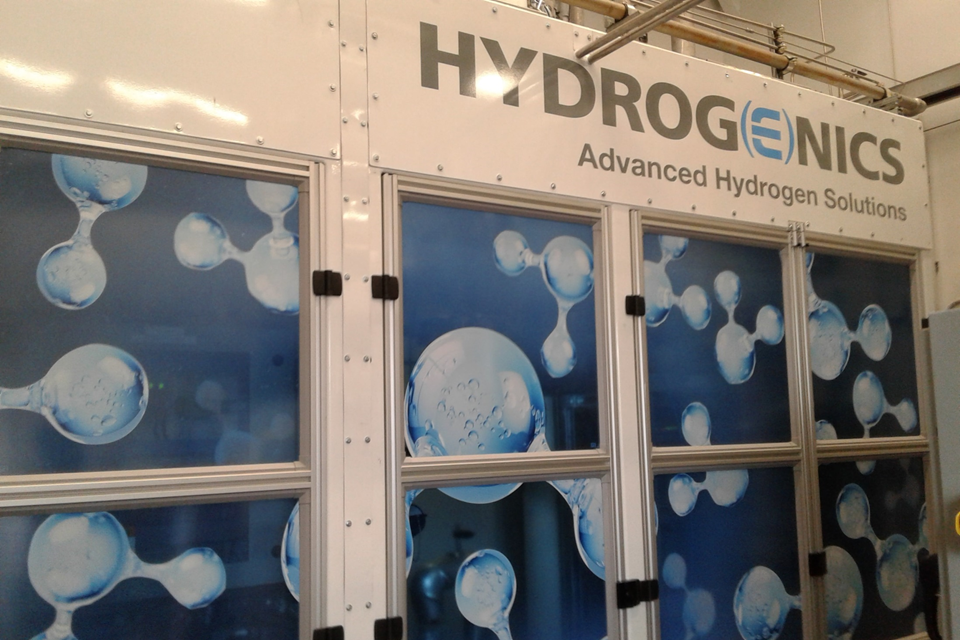
Did you know?
According to the European Union, the cost of batteries used for energy storage is expected to decrease significantly towards 2030. Between 2007 and 2014, costs dropped by 70 per cent. A further 70 per cent reduction is forecasted towards 2030, due to innovation and economies of scale. Global management consulting firm, McKinsey, estimates that battery costs could be $200 per kilowatt-hour in 2020, half of today’s price, and $160 per kilowatt-hour or less in 2025.